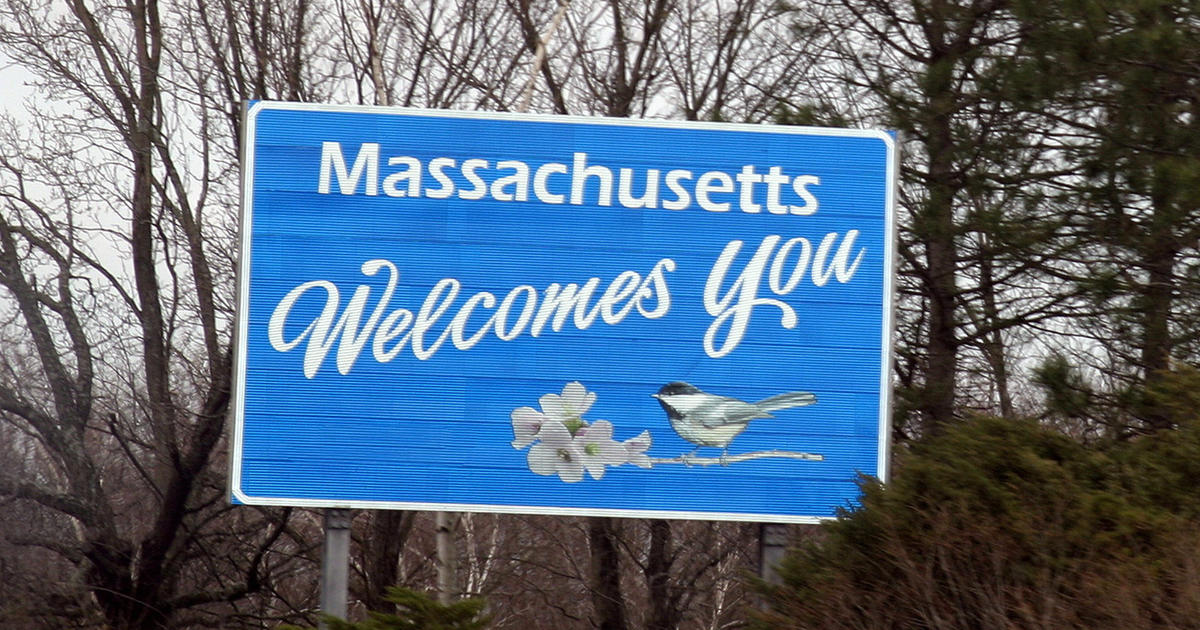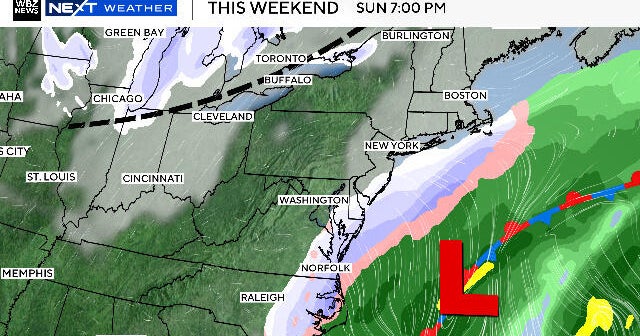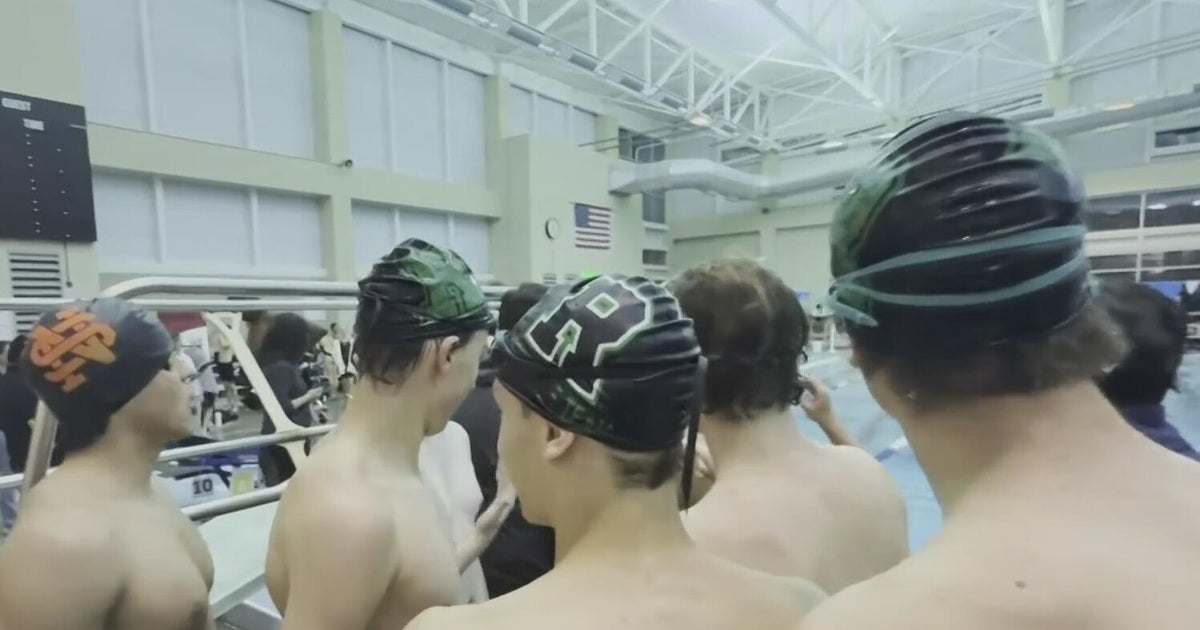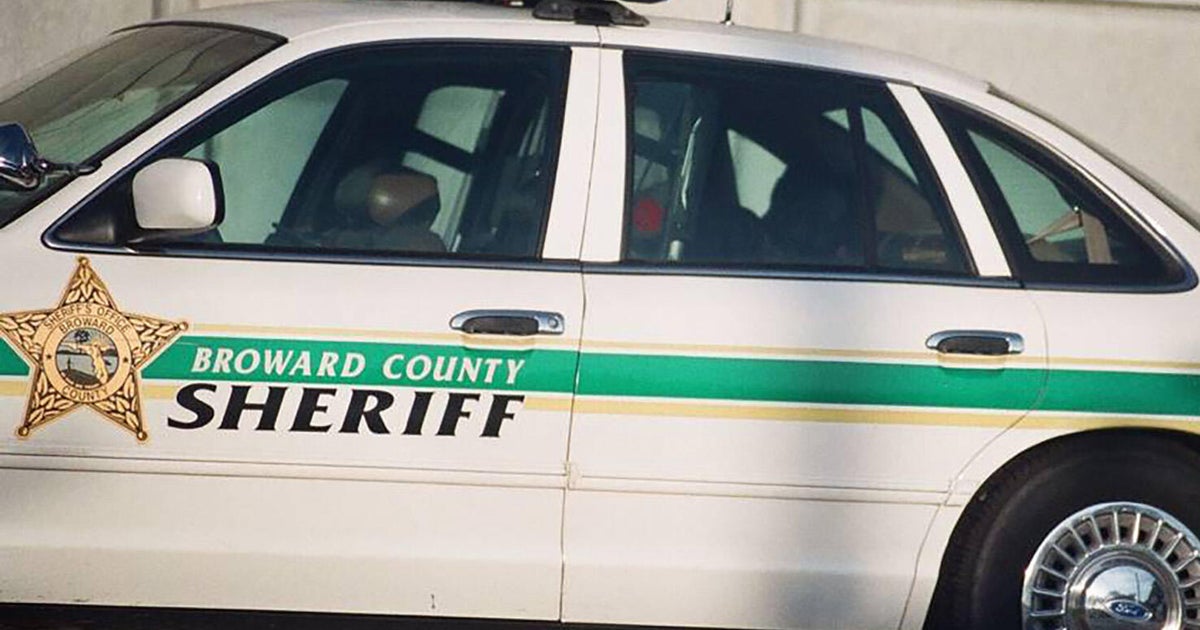Nearly 20 Massachusetts beaches closed due to excessive bacteria. Here's where you can't swim
HOPKINTON - As the summer unofficially kicks off, nearly 20 Massachusetts beaches are closed, most due to "bacterial exceedance," according to a data dashboard updated by the Massachusetts Department of Public Health.
Where you can't swim in Massachusetts
Here is a complete list of where you can't swim in Massachusetts due to bacterial exceedance as of June 4, according to the state's interactive beach water quality dashboard.
- Damon Pond Beach, Ashby
- Hopkinton Reservoir Main Beach, Ashland
- Hopkinton Reservoir Upper Beach, Ashland
- Mauserts Pond, Clarksburg
- Sandy Beach, Danvers
- Lake Mansfield, Great Barrington
- Old Maid's Park, Great Barrington
- Greenfield Municipal Bathing Beach, Greenfield
- Lynn Shore Beach, Lynn
- Wollaston at Channing Street, Quincy
- Wollaston at Sachem Street, Quincy
- Pearce Lake at Breakheart Reservation, Saugus
- Beamans Pond Campground, Templeton
- Beamans Pond day use, Templeton
- Pearl Hill Pond Beach, Townsend
- NVSR: Tiki Pond 1, Westford
- Shannon Beach at Upper Mystic, Winchester
- Lake Quinsigamond Regatta Point Beach, Worcester
As of June 4, Cochituate State Park Beach in Natick was also closed due to harmful cyanobacteria, otherwise known as blue-green algae.
Disappointing news for swimmers
Billy Caguana and his family discovered they could not swim at Hopkinton Reservoir on Monday when they saw red "no swimming" signs that warned of excessive bacteria that could cause illness.
Phil Mason also discovered the news when he arrived.
"I am very disappointed. I'd like to be able to swim outdoors rather than indoors," Mason said.
What causes the excessive bacteria?
John Rumpler, the Clean Water Director for the nonprofit Environment Massachusetts, says there are two root causes of excessive bacteria.
"It's either runoff pollution or sewage overflows," Rumpler said, "We've paved over a lot of our landscapes. When we have heavy rains, and then we have a lot of fertilizer and oil and grease and pathogens on the ground, all of that runs off into the Charles River and the tributaries and streams that feed that beautiful river."
Rumpler says there are solutions such as repairing sewage infrastructure and capturing rainwater.
"Homeowners installing rain barrels to capture runoff or municipalities having more careful development," he said.
The Department of Conservation and Recreating conducts water quality testing at all DCR-managed waterfronts starting the week before Memorial Day through Labor Day.
Tests are also conducted on Mondays and Tuesdays, depending on the areas of the state, and daily testing of several of the metro beaches starts on Monday, June 17, according to a DCR spokesperson.
Symptoms caused by swimming in unsafe waters
The Department of Public Health reports that swimming in unsafe waters may result in illnesses with the following characteristics:
- Gastrointestinal symptoms - nausea, vomiting, diarrhea, and abdominal pain
- Respiratory symptoms - sore throat, cough, runny nose, and sneezing
- Dermatological symptoms - skin rash and itching
- Eye and ear symptoms - irritation, earache, itching
- Flu-like symptoms - fever and chills








